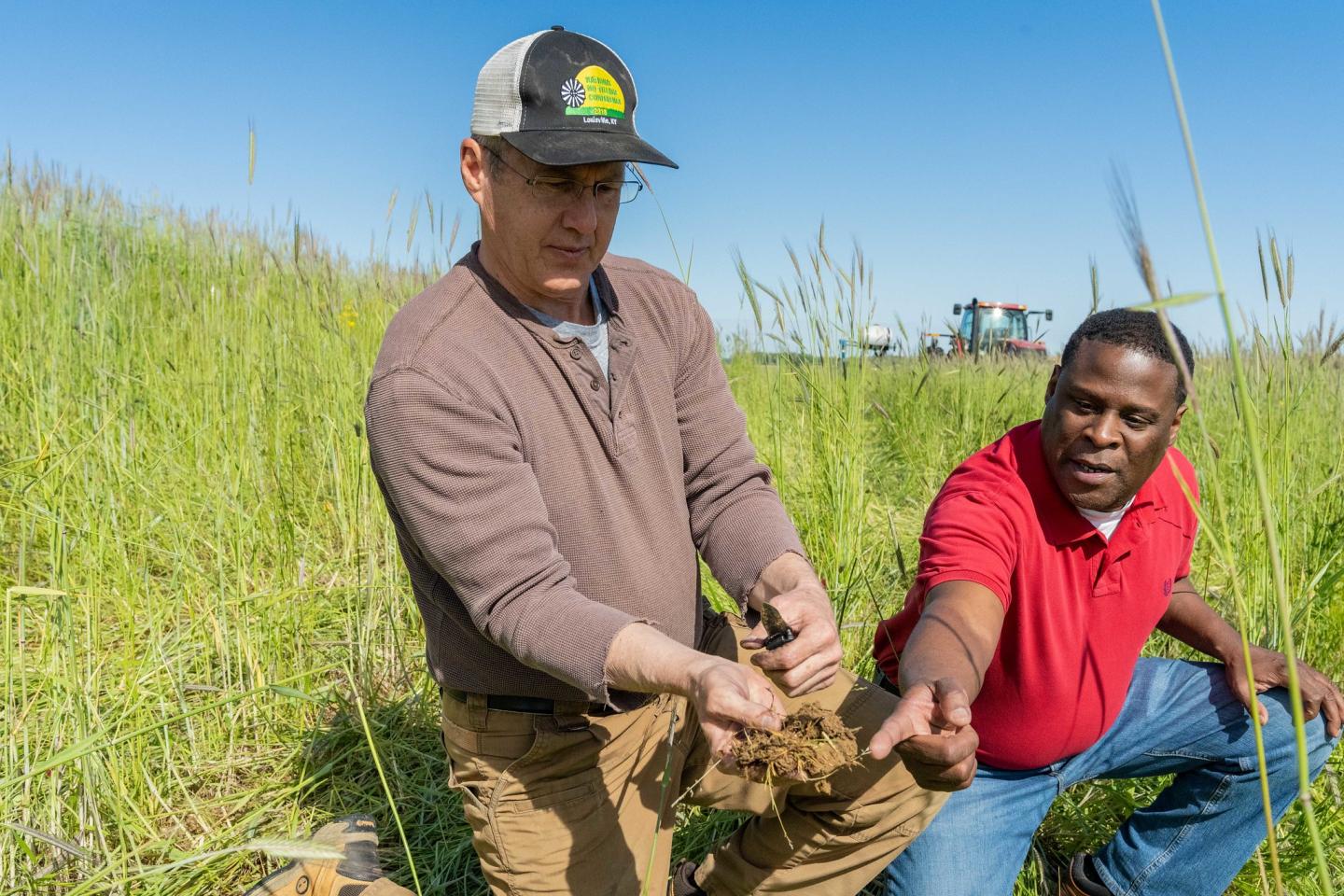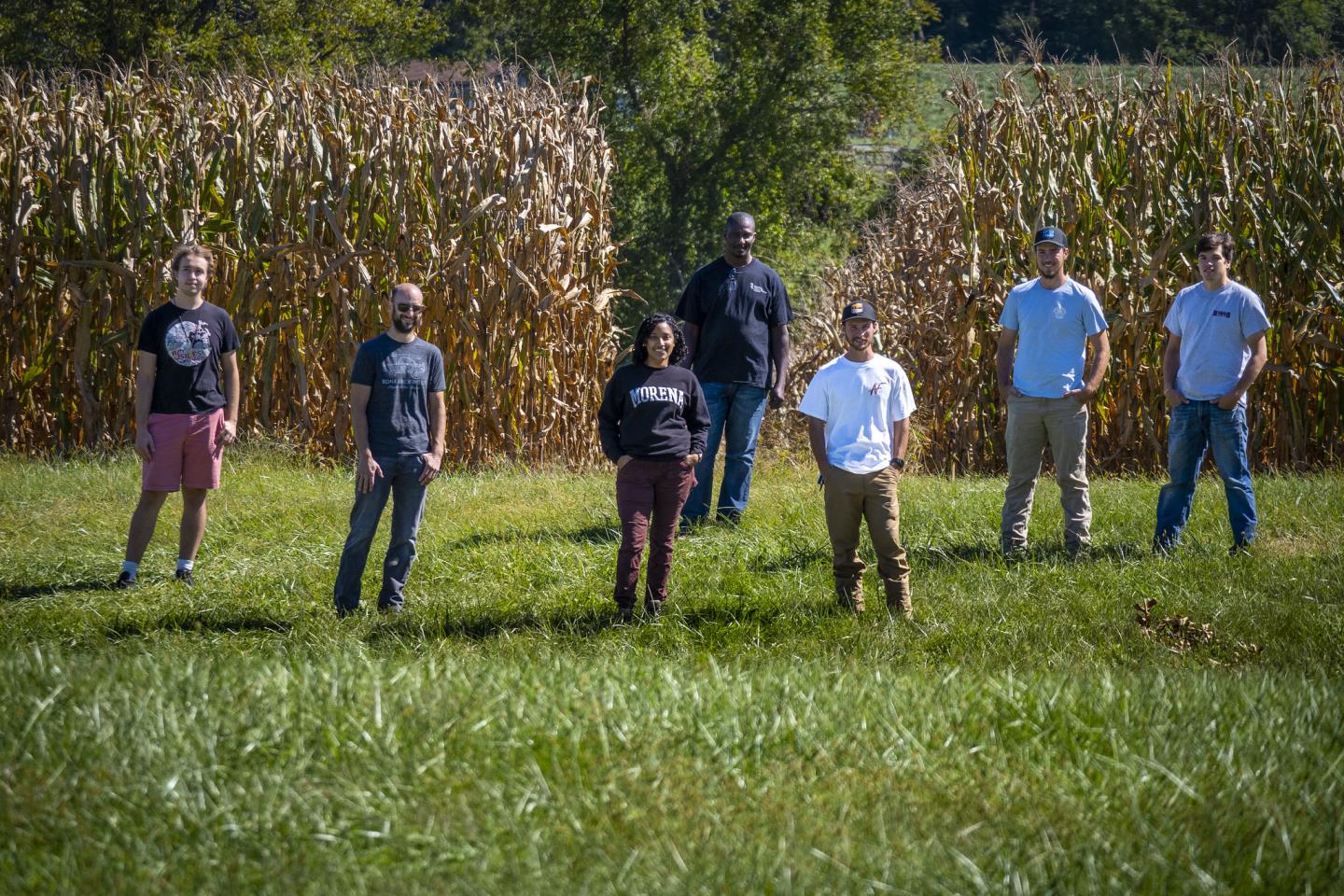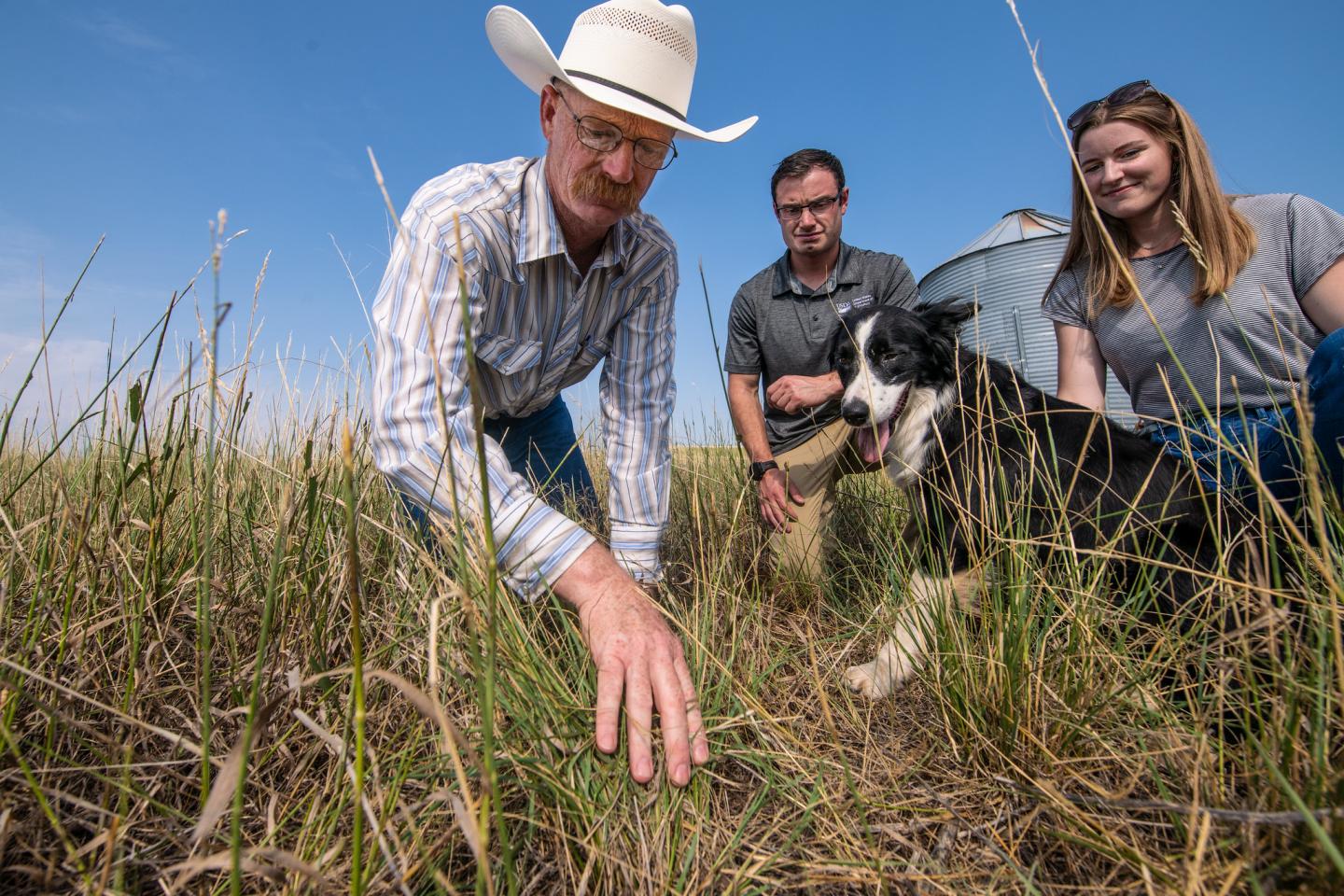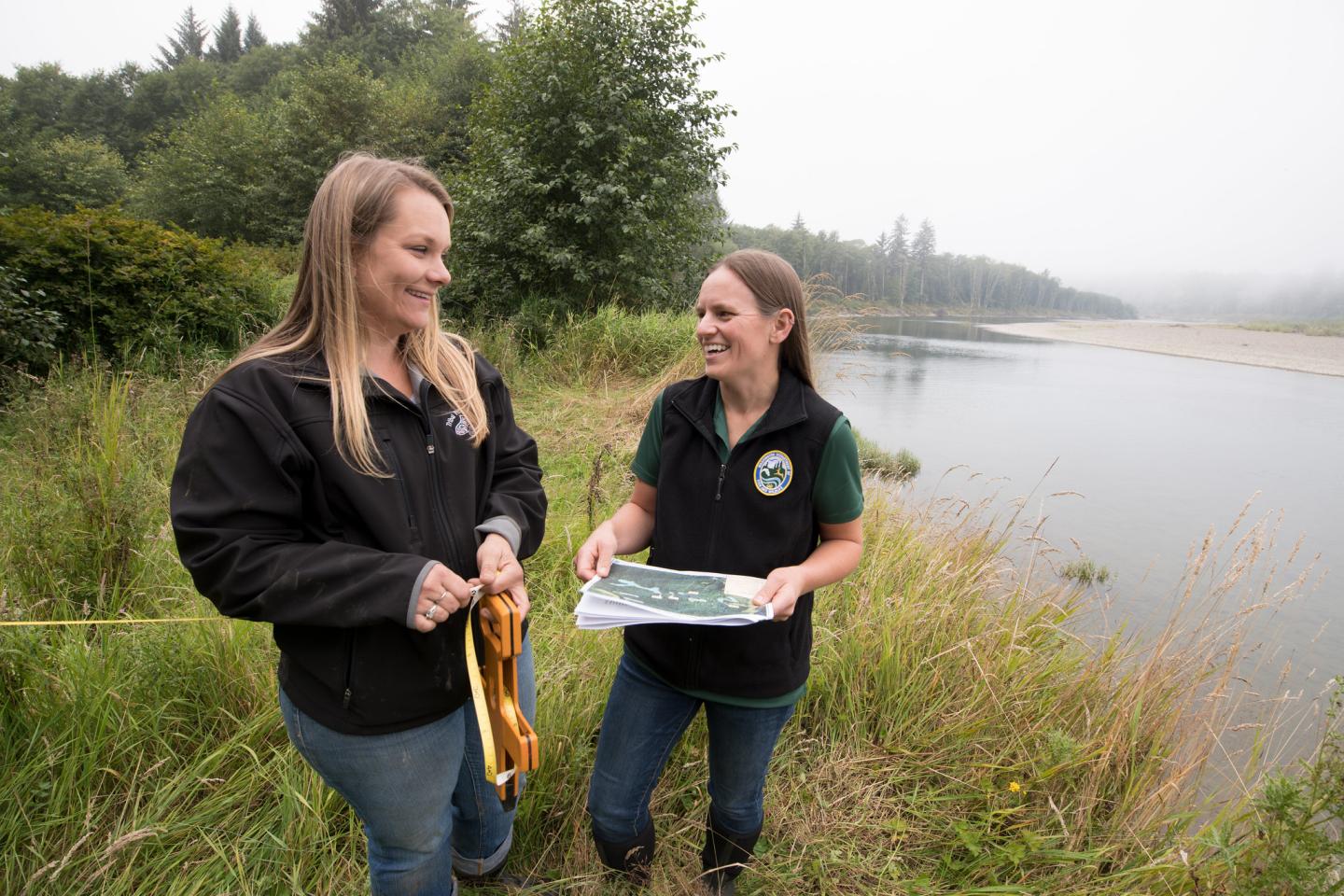NRCS Strategic Plan
Just like a conservation plan guides producers in implementing conservation practices on their farms, a strategic plan guides an agency in implementing its mission. With its mission in mind, the NRCS strategic planning team developed the NRCS Strategic Plan based on feedback from teams comprised of a diverse group of employees from various disciplines, levels, and lengths of service. Feedback from partners and customers was also incorporated into the strategic goals and objectives.
The NRCS Strategic Plan has been developed to guide the Agency’s work through 2027, serving as the foundation for all NRCS activities. It sets the direction for NRCS to accomplish its core mission and the following goals.
Learn more by viewing the entire strategic plan.
NRCS Chief Terry Cosby shares the details of the NRCS Strategic Plan in this short video.
Strategic Goal 1:
Apply science-based solutions and technology to improve natural resources through conservation planning and implementation.
NRCS will continue to maintain, develop, and review the agency’s science-based conservation practice standards and activities, emphasizing broad applicability and intentional removal of identified bias or barriers to adoption.

Examples include:
- Incorporate new and emerging technologies and methods while removing obsolete criteria and considerations, as well as addressing any technical or programmatic deficiencies identified.
- Help producers build long-term resilience at the farm and forest scale through investments in science-based adaptation practices.
- Assist urban, rural, and tribal communities with implementing sustainable and climate-smart strategies.
Strategic Goal 2:
Cultivate the agency’s diverse, well trained, and engaged workforce.
Through continuous training and career development opportunities, NRCS will develop and maintain staff competency in critical agency priorities and operate with an emphasis on employee health, safety, and wellbeing.

Examples include:
- Adopt targeted, data-driven recruitment strategies to meet staffing needs at all levels of the agency.
- Partnering with employee and professional organizations on training, mentoring and coaching opportunities.
- Promote the Innovation Portal to engage employees and provide an avenue for sharing ideas and innovations.
Strategic Goal 3:
Advance the agency’s high-quality customer experience.
NRCS will continue to increase awareness of the technical and financial assistance opportunities available to all potential customers and will explore and acquire new technology to improve interactions with customers.

Examples include:
- Engage with underserved communities, listen to their experiences, and consider their needs when making agency decisions.
- Institute a feedback mechanism to evaluate the effectiveness of outreach efforts and share best practices.
- Explore developing an NRCS mobile application (app) that could improve communication and interaction with NRCS customers.
Strategic Goal 4:
Foster partnerships that strengthen locally led and tribal land conservation.
NRCS is committed to maintaining existing partnerships while simultaneously building relationships with new strategic partners to expand engagement with underserved customers and communities.

Examples include:
- Work with partners representing underserved communities to identify and reduce barriers.
- Evaluate the effectiveness of previous agreements and improve strategies based on results.
- Listen to and fully consider tribal perspectives, priorities, and goals during agency decision-making processes.
Strategic Goal 5:
Optimize mission delivery by strengthening organizational health and performance.
NRCS will deliver programs and services consistent with its mission by making adjustments based on feedback while demonstrating and reporting on the benefits of conservation efforts through quantifiable outcomes.

Examples include:
- Explore alternative business processes to allow for improved flexibility in conservation planning and program administration.
- Establish outcome-based metrics to capture the benefits of conservation implementation and other work NRCS performs.
- Conduct a comprehensive review of agency directives to identify misalignment with current authorities or agency structure, barriers to equitable implementation, and inconsistencies with other internal or departmental policies.

